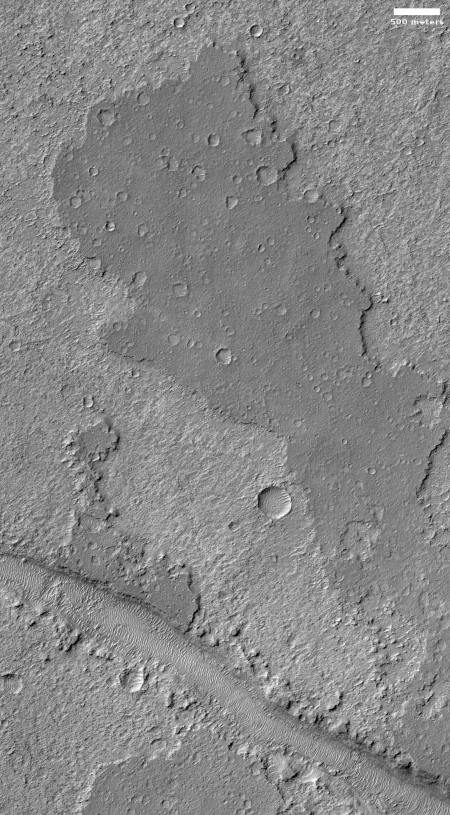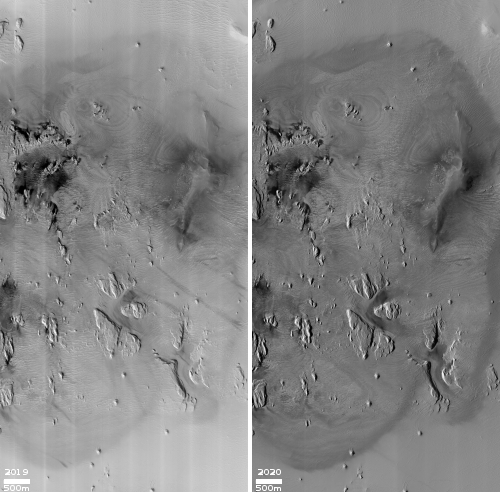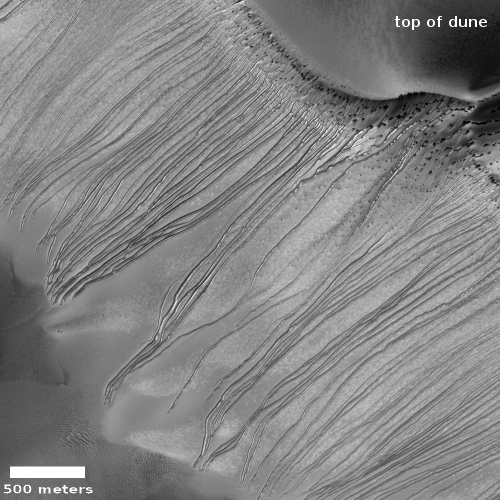A Long March 3B launch failure today
An attempt by China to launch an Indonesian communications satellite using its Long March 3B rocket failed today around the time the third stage was to do its engine burn.
Xinhua, China’s state-run news agency, said the Long March 3B launcher failed after lifting off from the Xichang space center in the country’s southwestern Sichuan province at 1146 GMT (7:46 a.m. EDT). The liquid-fueled launcher took off at 7:46 p.m. Beijing time with the Palapa-N1 communications satellite, also known as Nusantara Dua. The Palapa-N1 spacecraft was heading for a position in geostationary orbit more than 22,000 miles (nearly 36,000 kilometers) over the equator.
But the rocket malfunctioned minutes later some time during the planned burn of the Long March 3B’s third stage, Xinhua said. Wreckage from third stage and the Palapa-N1 spacecraft re-entered the atmosphere, according to the state-run media outlet.
Several videos shared on social media by people in Guam showed fiery debris moving across a moonlit night sky. The Offices of Guam Homeland Security and Civil Defense said in a statement that the debris was likely connected with the failed Chinese rocket launch. Authorities in Guam said there was “no direct threat” to the islands.
This is the second launch failure from China in less than a month. On March 16 the first launch attempt of China’s new Long March 7A rocket failed, for reasons that remain unclear.
How this might effect the inaugural launch later this month of China’s biggest rocket, the Long March 5B, remains unknown.
An attempt by China to launch an Indonesian communications satellite using its Long March 3B rocket failed today around the time the third stage was to do its engine burn.
Xinhua, China’s state-run news agency, said the Long March 3B launcher failed after lifting off from the Xichang space center in the country’s southwestern Sichuan province at 1146 GMT (7:46 a.m. EDT). The liquid-fueled launcher took off at 7:46 p.m. Beijing time with the Palapa-N1 communications satellite, also known as Nusantara Dua. The Palapa-N1 spacecraft was heading for a position in geostationary orbit more than 22,000 miles (nearly 36,000 kilometers) over the equator.
But the rocket malfunctioned minutes later some time during the planned burn of the Long March 3B’s third stage, Xinhua said. Wreckage from third stage and the Palapa-N1 spacecraft re-entered the atmosphere, according to the state-run media outlet.
Several videos shared on social media by people in Guam showed fiery debris moving across a moonlit night sky. The Offices of Guam Homeland Security and Civil Defense said in a statement that the debris was likely connected with the failed Chinese rocket launch. Authorities in Guam said there was “no direct threat” to the islands.
This is the second launch failure from China in less than a month. On March 16 the first launch attempt of China’s new Long March 7A rocket failed, for reasons that remain unclear.
How this might effect the inaugural launch later this month of China’s biggest rocket, the Long March 5B, remains unknown.



